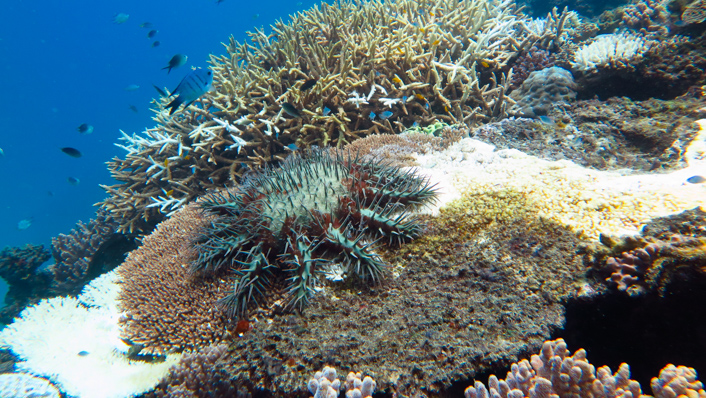Engineers and paleontologists teamed up to reconstruct an ancestor of starfish from the Paleozoic era and figure out how it moved
Despite incredible advances in modern genomic research, science is nowhere near being able to clone long-extinct animals like the fictional ones in Jurassic Park. Even relatively recent extinctions remain enormously difficult to overcome. An innovative branch of research that joins robotics with paleontology, however, does let scientists bring back long-gone creatures in a different way: not with cells and DNA but with engineering skill and batteries.
An interdisciplinary team has built a robotic mimic of a bizarre and extinct ancestor of modern starfish. Through the work, published last week in the Proceedings of the National Academy of Sciences USA, the researchers have created a window into how one branch of echinoderms (the animal clade that includes starfish, brittle stars, sea urchins, sand dollars and sea cucumbers) might have evolved and moved around the ancient ocean floor. And this robotic revival could also spur future innovations in engineering and design.
“For many reasons, Jurassic Park would be impossible to produce,” says Imran Rahman, a paleontologist who researches animal evolutionary origins at London’s Natural History Museum and was not involved in the new study. Instead this robot “is the closest we’re ever going to get to one of these animals alive.”
The animal in question is Pleurocystites, a genus of marine invertebrate that lived about 450 million years ago during the Paleozoic era and is thought to be one of the first groups of echinoderms capable of free motion. Pleurocystites was bilaterally symmetrical, as opposed to many of its relatives, which were radially symmetrical.
Read more at scientificamerican.com.

